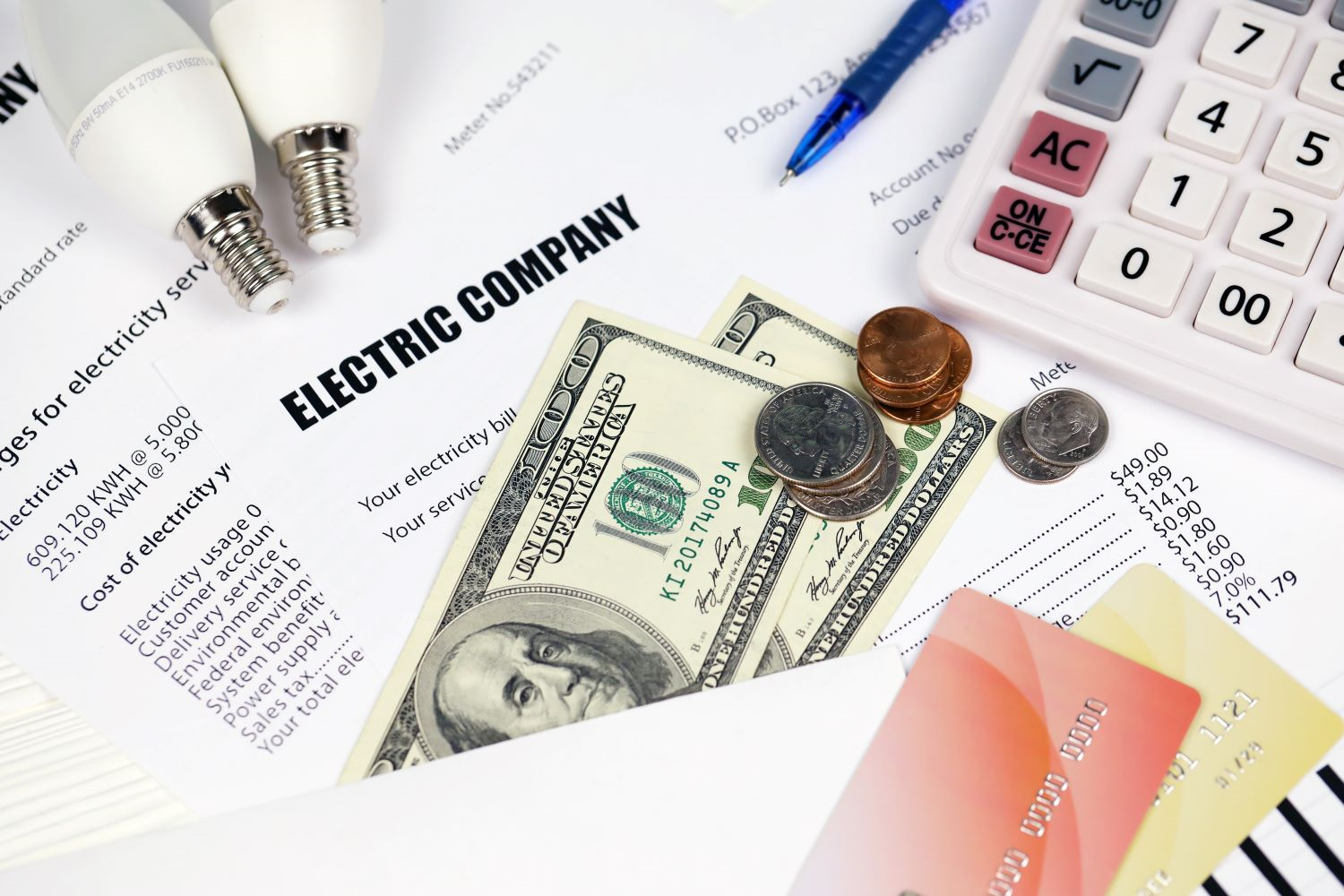· energy efficient rebates · 4 min read
State Level Energy Efficient Rebates
State and local energy efficiency incentives offer a valuable resource for homeowners looking to make sustainable improvements.

Navigating the landscape of State and Local Energy Efficiency Incentives can be a complex task. From rebates to tax credits, each state offers a unique set of incentives designed to encourage energy-efficient upgrades. This comprehensive guide aims to demystify these incentives, helping you understand eligibility criteria, maximize benefits, and make informed decisions for a more energy-efficient home.
Where to Find Local Incentives
Different states and localities tailor their incentive programs to address specific environmental and energy challenges. For example, coastal states like Florida and North Carolina offer incentives for storm-resistant and energy-efficient home improvements to combat frequent hurricanes and storms. In contrast, colder regions like Minnesota and Wisconsin focus on incentives for efficient heating systems to cope with harsh winters.
For a comprehensive list of incentives and rebates available in your area, visit Database of State Incentives for Renewables & Efficiency(. This database provides up-to-date information on various programs across the United States.
Read The Fine Print
Reading the fine print is crucial.Each state has its own set of incentives, which can vary widely in terms of what they offer and who is eligible. The terms and conditions often include specific requirements such as income levels, property types, and the kind of appliances or systems you’re installing. For instance, some programs may only apply to ENERGY STAR certified products, while others may necessitate installation by a certified contractor.
Example: you might decide to install a DIY mini-split system, assuming you can claim a federal tax credit and stack it with a $1,000 rebate from your local utility provider. However, after completing the work, you discover that the utility’s rebate required the system to be installed by a licensed HVAC contractor. Now, you’re ineligible for the $1,000 rebate you were counting on. Always read the terms and conditions to avoid such pitfalls.
First-Come, First-Served: Act Now for Maximum Savings
Many of these incentives operate on a first-come, first-served basis. This means that the funds allocated for these programs can run out quickly. Acting swiftly can increase your chances of receiving substantial rebates, reducing the overall costs of your energy-efficient upgrades.
Popular Items and Why They Matter
Items Not Covered Under Federal Incentives
Smart Thermostats: These devices are popular because they allow homeowners to control heating and cooling remotely, optimizing energy usage and reducing bills.
LED Lighting: Second in popularity, LED lights consume less electricity and have a longer lifespan compared to traditional bulbs, making them a cost-effective choice.
Home Energy Monitoring Systems (HEMS): As more people are becoming aware of the energy saving possibilties offered by a Home Energy Monitoring System, more states are offering rebates.
Air Purifiers and Dehumidifiers: These are popular in areas with air quality issues or high humidity levels.
Pool Pumps: Energy-efficient pool pumps can significantly reduce energy consumption, especially in states with warmer climates.
Various ENERGY STAR Certified Appliances: Including room air conditioners, refrigerators, and laundry devices.
Items Covered Federally and Popular at the State Level
EV Chargers: These are popular because they can often be stacked with federal incentives, making the installation of home EV charging stations more affordable.
Heat Pump Water Heaters: These are energy-efficient alternatives to traditional water heaters and are popular due to their long-term cost savings.
Ductless Mini Splits: Favored for their easy installation and efficiency, these systems are a go-to choice for heating and cooling without extensive ductwork
Ducted Air Source Heat Pumps: Offers a comprehensive home heating and cooling solution, these systems are efficient and often supported by both federal and state-level incentives.
Insulation Products and Services: Key for energy conservation, these upgrades are often incentivized at the state level to improve home energy efficiency.
Battery Storage Technology: Highly valued in areas with frequent power outages, these systems are eligible for various incentives due to their role in energy independence.
Conclusion
State and local energy efficiency incentives offer a valuable resource for homeowners looking to make sustainable improvements. By understanding the nuances of these programs, reading the fine print, and acting promptly, you can maximize your savings and contribute to a cleaner, more efficient future.